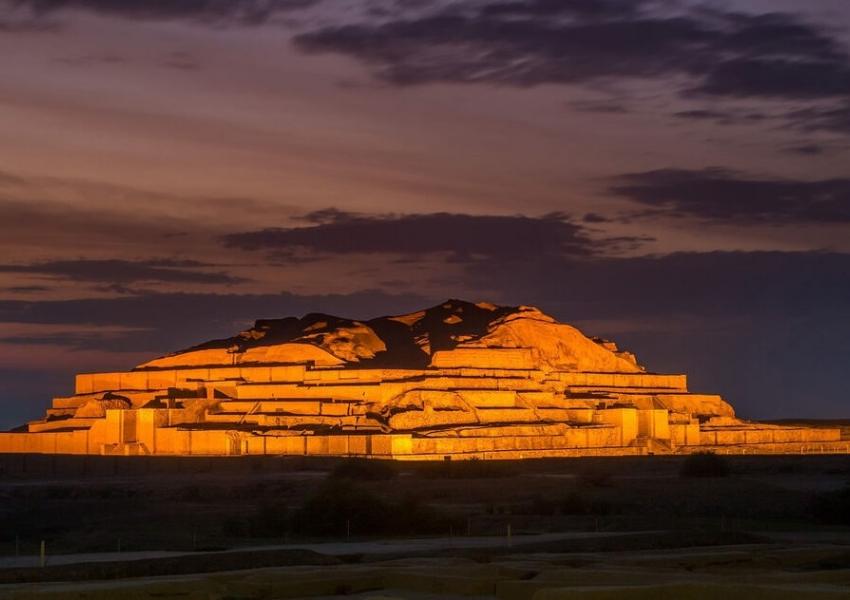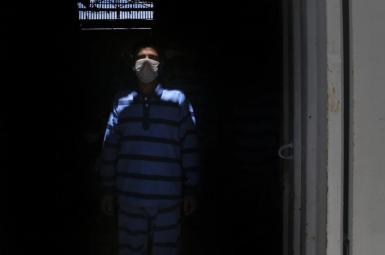
UNESCO Wants Iran To Explain Sugar Mill Inside World Heritage Site
An official of Iran’s Cultural Heritage Organization (CHO) has said Unesco has demanded an explanation over the construction of a sugar mill inside the boundaries of Tchogha Zanbil, the 3,000-year-old ziggurat, or pyramidic tiered temple, near Shoush in Khuzestan Province. The work potentially violates regulations for a site designated as World Heritage Site.
Atefeh Rashnoui, Director of Tchogha Zanbil World Heritage Site, said on Tuesday that Unesco wanted a full report before further investigation by Unesco experts. Rashnoui suggested that constructing a sugar mill inside the boundaries of the Tchogha Zanbil, Iran’s first listed World Heritage Site (1979), could result in its removal from the list.
Plans for a sugar mill on land transferred from public to private ownership have stirred local controversy, fueling suspicion of illegality and corruption. Up to 2018, the CHO refused to permit the transfer of land within the site boundaries, but in 2018, 330 hectares were sold to an individual named Ali Zare by the local branch of the agriculture ministry.
Zare, whose full name is Jabbar-Ali Zar’e Mameghani, has at least a decade of history in Iran’s sugar industry. According to the country’s official gazette, Zar’e sits on the board of directors of Marvdasht and Lorestan sugar mills and is currently the chief executive officer of Khorasan Sugar Company. It is not clear if he is a businessman or has been appointed by state-controlled entities to some of his positions.
The CHO protested at the transfer, arguing the Agricultural Jihad Department was not entitled to authorize it without CHO consent. The new owner’s construction work was halted, but legal action taken by the CHO has stalled. According to Iranian media, Zar’e still intends to build a sugar mill.
Tchogha Zanbil (also spelled as Chogha Zanbil), meaning ‘the basket mound’ in the local Lori language, is an ancient archeological site 40 km south-east of the city of Shoush, the ancient Susa.
Founded around 1250BC, the sacred city remained unfinished after it was invaded by Ashurbanipal, the Neo-Assyrian Emperor, as is shown by thousands of unused bricks left at the site. The mud-brick ziggurat, one of the few remaining outside Mesopotamia (today’s Iraq), was originally 53 meters high and crowned with a temple. Tchogha Zanbil, which was accidentally discovered in 1935 during an Anglo-Iranian Oil Company aerial survey, is considered by Unesco to be the best-preserved example of the stepped pyramidal monument.








